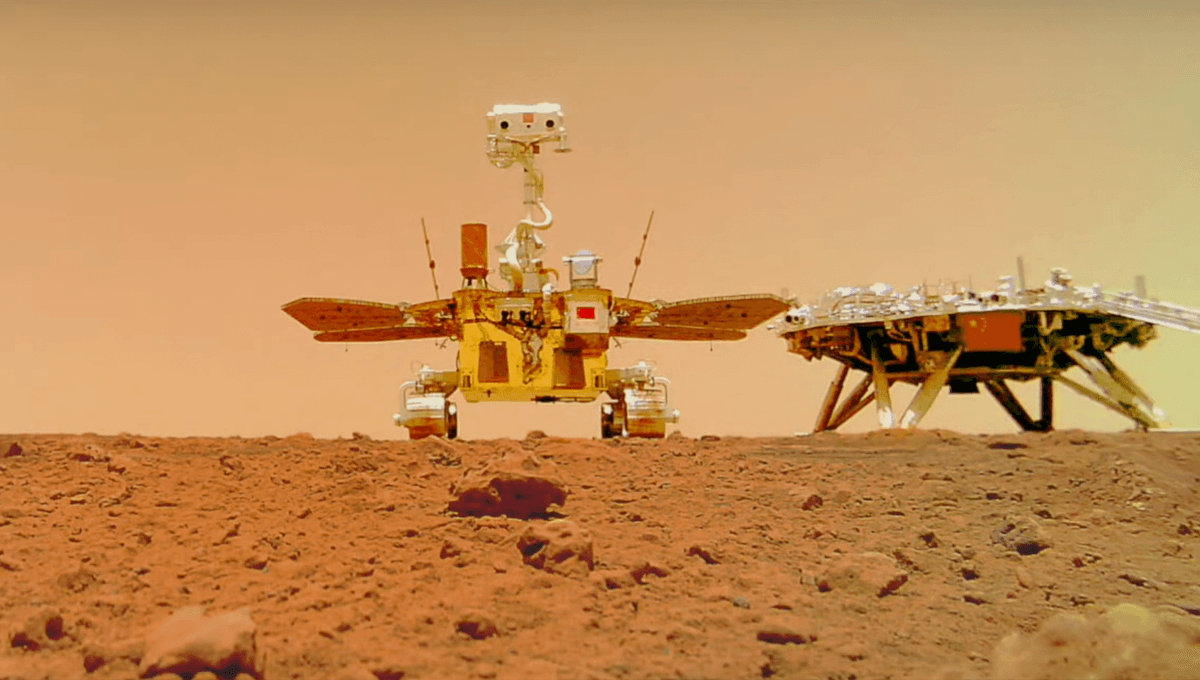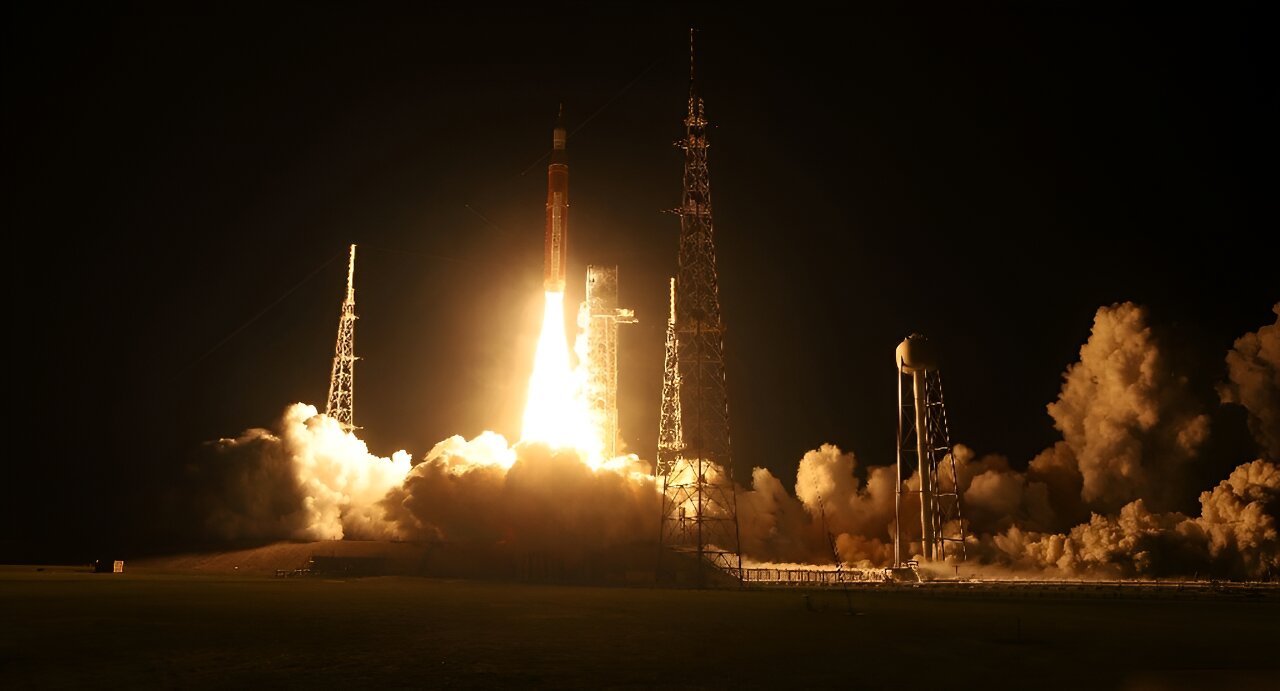Prepare to be amazed by the fascinating geological formations on Mars! Researchers have discovered cracked terrain with polygonal structures buried beneath the surface of the Red Planet. These formations, similar to the famous “spiders” on Mars, are believed to have been created through freeze-thaw cycles over billions of years. Sublimation and freezing have sculpted the terrain in peculiar ways, and it seems this process has been ongoing for a very long time.
What’s even more intriguing is that Zhurong’s radar analysis has revealed that some of these cracked terrains can be buried deep underground. Previous studies focused on the vertical layers of the region, indicating episodic floods that occurred around 3 billion years ago. However, this new research has uncovered the horizontal layers by examining the radar analysis across a distance of 1.9 kilometers (1.2 miles).

These incredible findings shed light on Mars’ volcanic past. Did you know that Mars is home to the tallest volcano in the Solar System? It’s true! And there’s still some geological activity happening today, with marsquakes being recorded by NASA’s InSight mission.
The researchers initially considered the possibility that the buried structures had a lava origin, similar to Earth’s Giant’s Causeway. However, no evidence of basaltic extrusions was found in the explored area. Instead, the team is confident that these structures are sedimentary, formed through thermal processes in varying climates.
What’s truly fascinating is that these polygonal structures suggest a much more variable climate on ancient Mars. Utopia Planitia, where the formations were discovered, is located at low-to-mid latitudes. The region is 25 degrees north of the Martian equator. However, the planet may have had a higher obliquity, resulting in wildly different seasons in this area.
The layers of material covering the buried polygonal structures indicate that significant changes have occurred over time. Perhaps the wet environment that formed these structures ceased to exist, or some other unknown geological event took place.
The authors of the study concluded, “Occurring at low latitudes (∼25° N), the polygonal terrain, which is interpreted as having most likely formed by thermal contraction cracking, makes a compelling case for the high obliquity of early Mars. The subsurface structure with the covering materials overlying the buried palaeo-polygonal terrain suggests that there was a notable palaeoclimatic transformation some time thereafter.”








